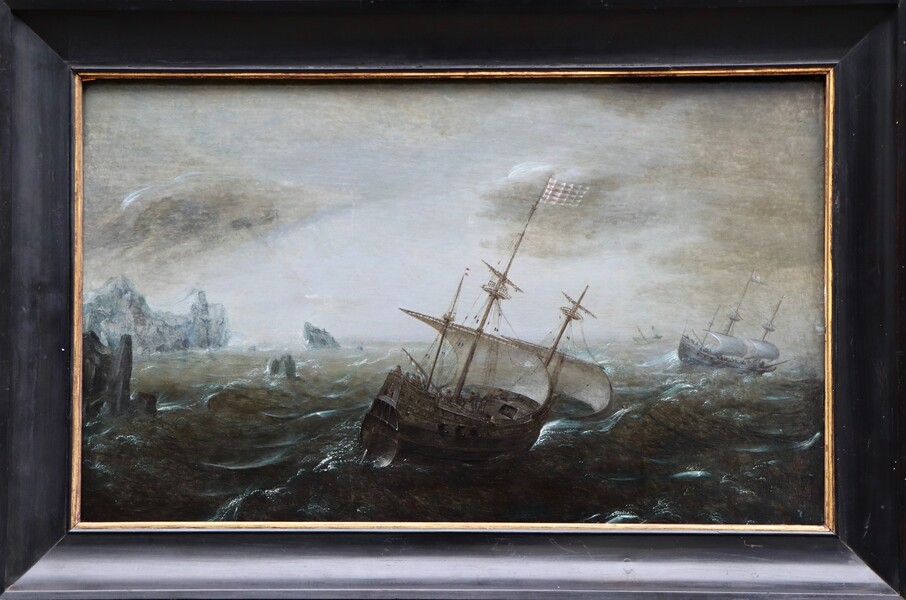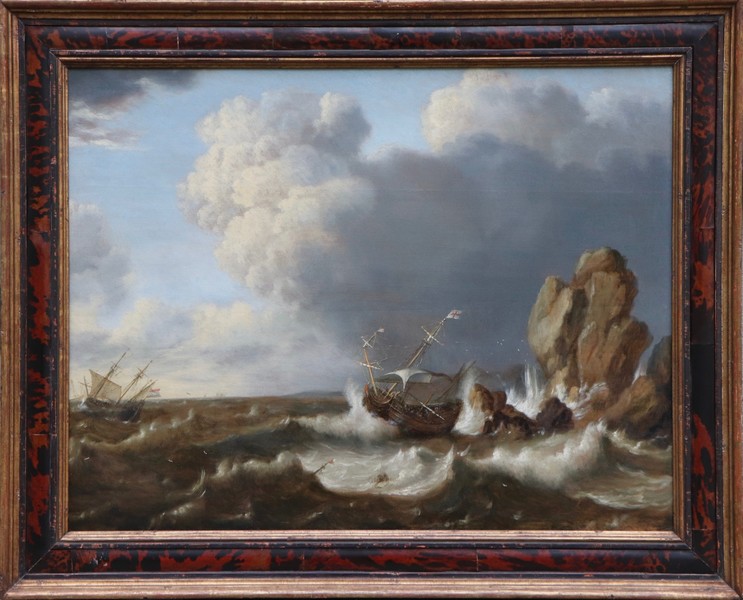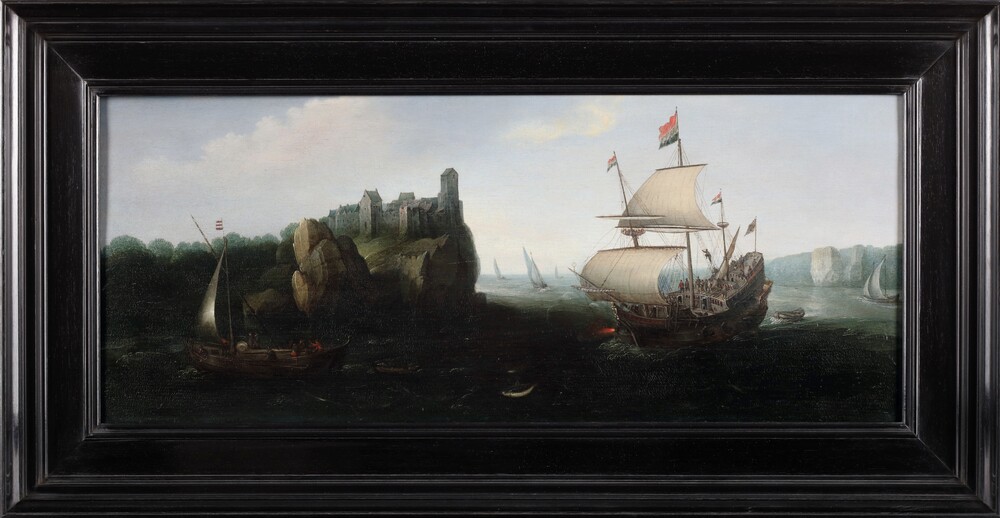
Anthonisz. Attributed to Aert
"Dutch ships in stormy waters"
8.500 €
"Dutch ships in stormy waters"
8.500 €
Jacob Bellevois
"English ships in choppy waters off the coast"
16.000 €
"English ships in choppy waters off the coast"
16.000 €
Laureys A. Castro
"Two warships, a Maltese galley and an English Man-o-War"
6.500 €
"Two warships, a Maltese galley and an English Man-o-War"
6.500 €
Pieter I Mulier
"Dutch ships in stormy waters"
14.000 €
"Dutch ships in stormy waters"
14.000 €
Attributed to Jan I Peeters
"Ships in a Turkish bay"
8.000 €
"Ships in a Turkish bay"
8.000 €
Attributed to Adam Silo
"Dutch ships near a coastal town"
8.800 €
"Dutch ships near a coastal town"
8.800 €

Attributed to Hendrick Staets
"An English ship being shipwrecked onto a rocky coast"
7.500 €
"An English ship being shipwrecked onto a rocky coast"
7.500 €
Cornelis Isaacz Verbeeck
"Dutch shipping near the beach"
12.000 €
"Dutch shipping near the beach"
12.000 €

Cornelis Hendricksz. Vroom
"A Dutch ship firing a salute at a garrison"
13.500 €
"A Dutch ship firing a salute at a garrison"
13.500 €
